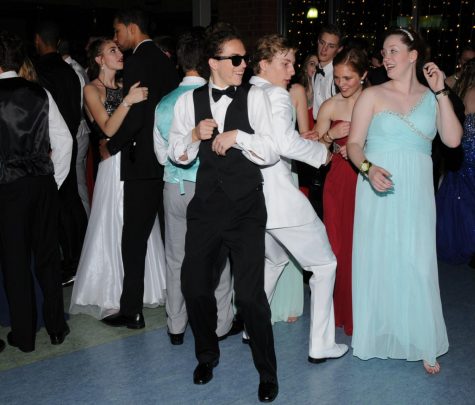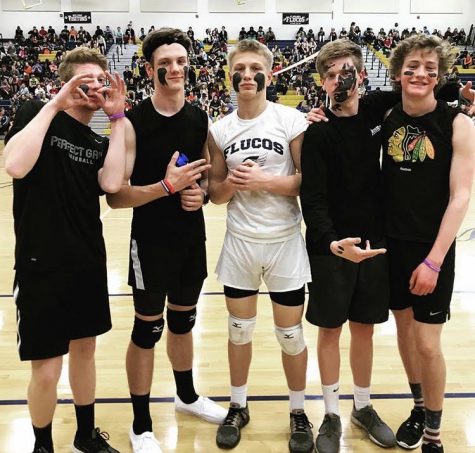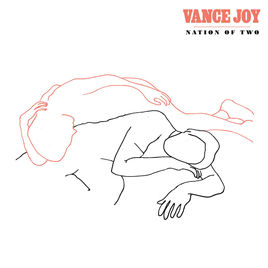How to Beatbox in 3 Steps
Beatboxing, plain and simple, is the art of making music with your mouth. But unlike playing an instrument or singing, beatboxing is done with nothing but lips and a voice box. While most beatboxers focus primarily on drum-like noises, like those that perform in acapella groups, more advanced beatboxers can make all sorts of sounds from a basic kick snare to a techno siren.
Whether you’re looking to impress you friends or compete in your local talent show, here are some tips to help you beatbox like a champ!
Step 1: Perfect Obnoxious Noises
Even the greatest beatboxers start at the very bottom, which is figuring out exactly what beatboxing is at its core. The easiest way to describe beatboxing is making music by taking the consonants of sounds and warping them into beats and patterns.
What does that mean? Say you take the words “boots and cats” and try to beatbox with them. All you would need to do is put emphasis and a little force on the consonants in “boots and cats.” In boots that would be the B and Ts, N for and, and C and Ts for cats, so instead of saying “boots and cats” you’re really just saying BTs N CTs. Put some emphasis in the sounds and you get BTS N KTS.
Once you practice and you’re more comfortable with the pattern, you can change it up a little bit and add more sounds and make patterns. Most importantly, practice is key, because the more comfortable you become with making the easy noises, the easier it will be to stack beats later on.
Step 2: Take Off the Training Wheels
Now that you have the three basic sounds, it is time to go into further depth as to what you’re actually doing. The sound referred to as “boots” is actually a combination of two sounds. The “B” is called a kick drum and is the base for 90% of beatboxes. To sharpen the sounds, make the B sound over and over in a whisper. It will likely sound like “Buh Buh Buh.” Now get rid of the “uh” and tighten your lips more, forcing the “B” out with air, making a more drum-like sound.
The second noise, referred to as the end of “Boots” or “Ts,” is a hi hat. The sound is simple enough to do, and just pronouncing “Tss” and practicing it over and over will improve your comfortability with the sound. The hi hat is a bridging sound to fill the empty spaces in a beatbox. A good beat to build up your comfortability with this sound is “Boots ts ts ts cats ts ts ts.” The pattern will get you used to using the hi hat constantly in a beat.
The final sound, or “cats,” is just a hi hat after a sound, which is called a rim shot. For some people this sound is difficult, but with practice anyone can master it. The rim shot is simple in description, as all it requires is making a “Kuh” sound and taking away the “uh.” Just push a little more air out. Normally the rim shot goes at the end of a beat, like in “boots and cats,” and goes really well in hip hop style beats. Once you have the big three (kick, snare, hi hat, rim shot) it’s time to learn the advanced techniques.
Step 3: Advanced Techniques
Experimenting with the big three, one will find that there are a variety of beats that can be done, but if you truly want to dive into beatboxing and go beyond just scratching the surface, here’s some advanced techniques to practice and perfect that will add to and put a polish on any beat.
First, a new sound to add to the arsenal. The lip bass is an easy noise to make, as you have probably already done it without being aware of it. Take a deep breath in and let it out like an exaggerated sigh, but don’t let your lips separate. The result should be something like a lip roll where the air forces your lips to vibrate. Tightening your lips a bit more and focusing the vibration to the center of your mouth will make the sound come through a lot cleaner. The lip base can replace the kick snare to make a heavier beat and is really good for dubstep, rap, and hip hop beats.
Another technique is a scratch, to throw in and mix the beat up. There are many different types of scratch, like the crab, vocal, and dog scratches, all with varying degrees of skill required. A simple scratch and a good one to start early is the chewy scratch. The chewy scratch is a sound that acts like a muscle, as the more you do it the stronger it gets. To make the sound, say the word chewie in a whisper and after doing that a few times try saying “chewfy.”
Like the name suggests, a scratch is supposed to replicate a record scratch and that’s the kind of sound you’re going for. If you want to add some flare to it, try saying the phrase “chickity chew” and other variations like “chickity chick ka chew.” To use a scratch in a beatbox successfully, you would want to add it in when the beat gets stale or changes or even before you start the beat. After you are comfortable with this scratch, it would be beneficial to find some tutorials on how to do other scratches like the crab or the vocal scratch.
Final Step: Learn, Study, Practice
Beatboxing is a skill-based talent that requires adaption and constant practice. YouTube is your best friend, as there are tons of demonstrations and tutorials, but something to keep in mind is that everyone beatboxes differently. Sounds, styles, and ability vary with people, and sometimes you can try and try and never exactly replicate the exact sound another beatboxer makes. This can be frustrating and disheartening, but don’t let it slow you down. Adapt your version to better fit your beatboxing and create your own individual style, all while improving your abilities. Practice and keep up to speed with other beatboxers, and before long you’ll be performing, competing, and “boots and cats”-ing your way to the top.





























